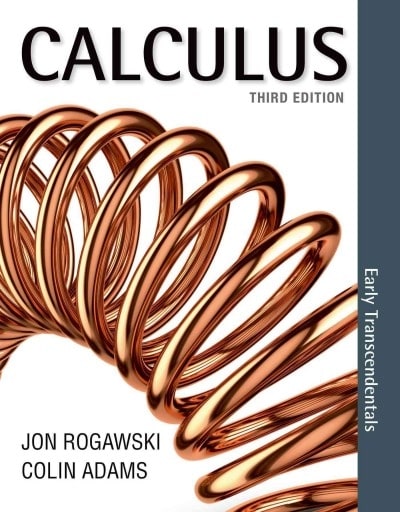Question
In a study to estimate the proportion of residents in a certain city and its suburbs who favor the construction of a nuclear power plant,
In a study to estimate the proportion of residents in a certain city and its suburbs who favor the construction of a nuclear power plant, it was found that 52 of 100 urban residents favor the construction, while only 34 of 125 suburban residents are in favor. The researcher wants to see if there is
a difference between the proportion of urban residents and the proportion of suburban residents who favor construction of the nuclear plant.
A. Calculate the 95% C for the difference between the two population proportions
- [10.123, 0.373]
- [10.143, 0.353]
- [0.141, 0.355]
- [0.120, 0.3761]
- [0.05, 0.95]
B. Calculate P-value
- p<.001
- p=.01
- p=.05
- p>.05
- None of these choices
C. Make the decision and summarize the results
- Reject HO. There's enough evidence to support the claim that the proportion of urban residents who favor construction differs from the proportion of suburban residents who favor construction.
- Reject HO. There is not enough evidence to support the claim that the proportion of urban residents who favor construction differs from the proportion of suburban residents who favor construction.
- Do not reject HO. There is not enough evidence to support the claim that the proportion of urban residents who favor construction differs from the proportion of suburban residents who favor construction.
- Do not reject HO. There's enough evidence to support the claim that the proportion of urban residents who favor construction differs from the proportion of suburban residents who favor construction.
- Reject HO. There's enough evidence to reject the claim that the proportion of urban residents who favor construction equals the proportion of suburban residents who favor construction.
D. For the 0.05 level of significance, what is/are
critical value(s)?
- -1.96 and 1.96
- -1.645 and 1.645
- -2.33
- 2.33
- -2.58 and 2.58
E. Calculate the test statistic
- 3.80
- 1.96
- 2.58
- 0.79
- 0.52
F. State the hypotheses and identify the claim
- HO: The proportion of urban residents who favor construction equals the proportion of suburban residents who favor construction. H1: The proportion of urban residents who favor construction differs from the proportion of suburban residents who favor construction.(claim)
- HO: The proportion of urban residents who favor construction equals the proportion of suburban residents who favor construction. (claim), H1: The proportion of urban residents who favor construction differs from the proportion of suburban residents who favor construction.
- HO: The proportion of urban residents who favor construction differs from the proportion of suburban residents who favor construction. (claim), H1: The proportion of urban residents who favor construction equals the proportion of suburban residents who favor construction.
- HO: The proportion of urban residents who favor construction differs from the proportion of suburban residents who favor construction. H1: The proportion of urban residents who favor construction equals the proportion of suburban residents who favor construction. (claim)
- None of these choices
Step by Step Solution
There are 3 Steps involved in it
Step: 1

Get Instant Access to Expert-Tailored Solutions
See step-by-step solutions with expert insights and AI powered tools for academic success
Step: 2

Step: 3

Ace Your Homework with AI
Get the answers you need in no time with our AI-driven, step-by-step assistance
Get Started


